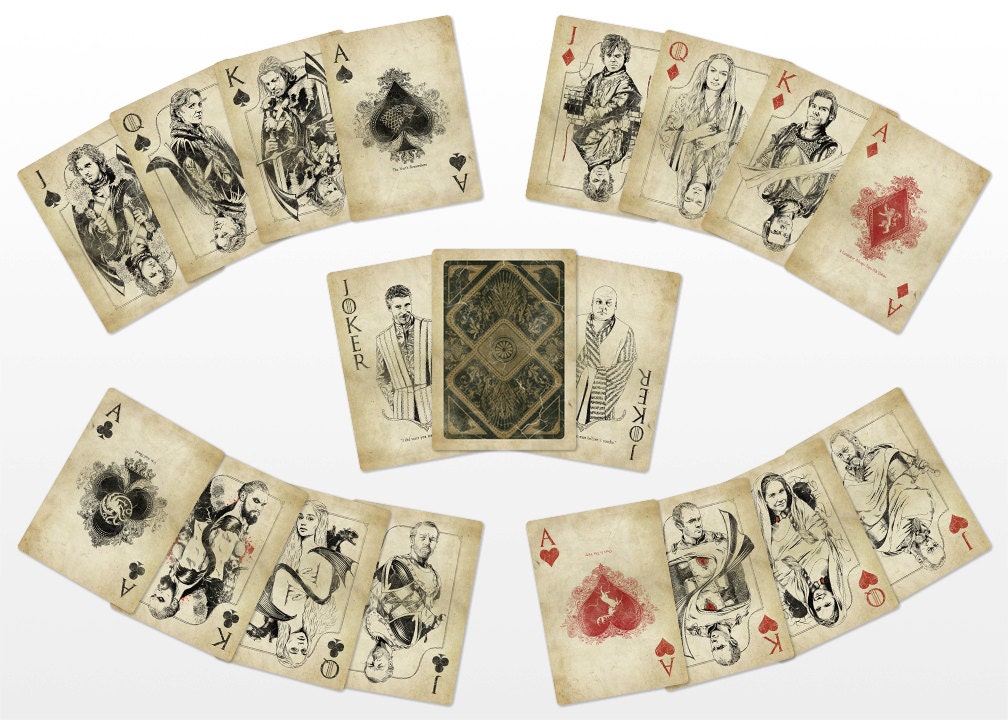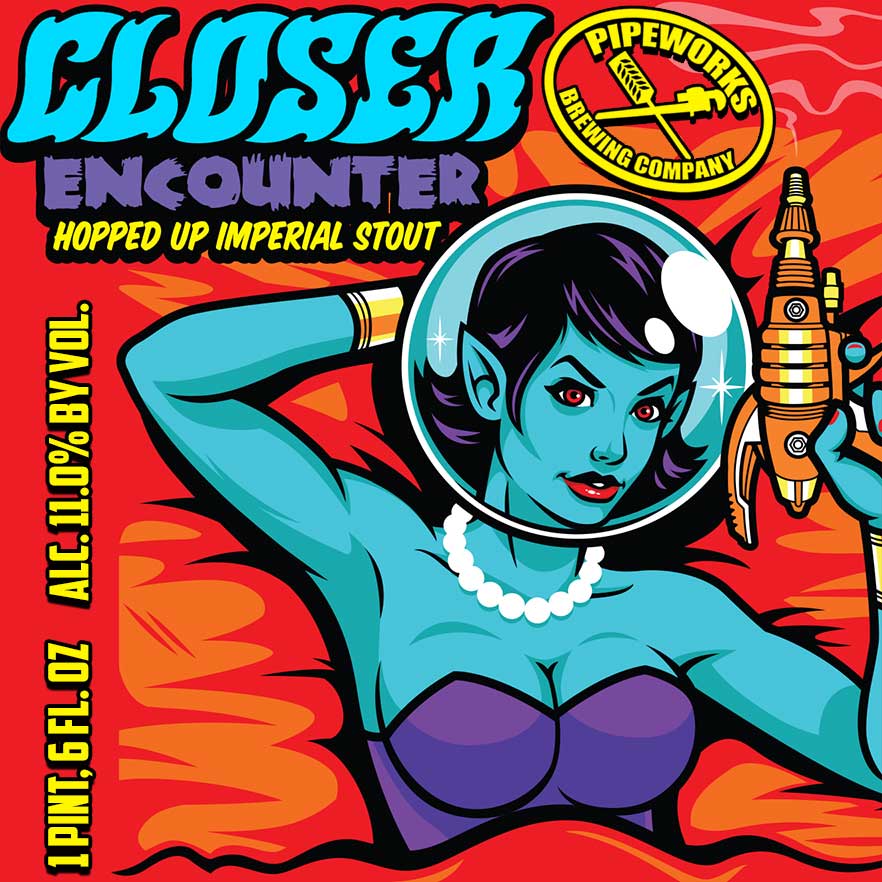Want the rules right here, right now? No problem! Savage Hexcrawl aims to be Fast, Furious and Fun! Read the TL/DR section for bare-bone rules summary. Read the whole thing for more in-depth explanation and other musings.
TL/DR: During a hexcrawl journey, PCs can stumble upon various encounters. GM draws a card (more, if the area is rich in encounters) from action deck for each hex the party enters and every time they camp in the wilderness.
Face cards signify an encounter. GM will either roll on a table, or have an encounter prepared.
What does the GM need?
First and foremost, when running a hexcrawl (or other sandbox campaign) the GM needs to be prepared to improvise. A set of random tables can aid this improvisation, but is not necessary. Some encounters might be a part of elaborate plots, but players won't pick up on that. Others, will just be a random creations that players will want to follow and create an adventure out of it. Both are fine. Sandbox is all about the freedom of choice. Be prepared to let go of your crafted plots and improvise. The GM will also need a deck of...Cards
Instead of dice for encounter checks - savage hexcrawl uses cards. Savage Worlds already uses a cards for initiative, so you should have a standard poker deck handy. During travel, draw card(s) for each hex the party enters. If you draw a non-face card (2-10) nothing happens, it is an uneventful leg of the journey. The party then moves to another hex and you draw again. Don't shuffle the deck if nothing happens - just keep drawing cards. It is not only faster than dice rolls this way, it also means that the chances of encountering something grow as you travel more.Drawing a face card (Jack, Queen, King, Ace or Joker) means that the party has encountered something. Now, you get to choose/decide what it is. We will leave random tables alone for time being (it is a topic upon itself) and focus on means of improvising the encounter. \
Now, look at the suit and color of the drawn card.
- Card Color: Red cards mean that the encounter is beneficial to the players, black ones are unrewarding obstacles. Bear in mind, that the color dictates only the outcome of the encounter., not its nature. Even combat can be beneficial (loot, info, etc.) and a travelling merchant an obstacle (wants to travel with you, party will be more visible etc.).
- Card Suit: Assign some keywords to each of the suits. Choose whatever fits your campaign most - there is no need for magical phenomena in a low-fantasy setting. The basic keywords I use are: Spades (♠) and Hearts (♥) for travelers or creatures. Diamonds (♦) and clubs (♣) for places and obstacles.
- Jokers: Symbolize a twist of fate, something extraordinary and rare. Red joker means that something good happens to the party and black joker is an omen of something bad. Use Jokers for any idea that is too "out-there" or gonzo for your normal campaign.
Encounters
Use those rules to help you come up an encounter on the spot. If you are not comfortable with coming up with all of this in the midst of a session, feel free prepare few small encounters ahead of time. Create some villages, monster lairs, ruins, NPCs, events- anything that adventurers could find in the wilderness in your campaign. You don't have to decide where they sit on the map - you'll plug them in wherever needed. Whatever wasn't used this session won't go to waste - note it down so it can be changed, tweaked and/or reused later.
When designing the encounter try to make it a natural part of the world. Ask open questions about the encounter. Places have reasons why they were built, NPCs have goals and needs. If you add this connection between the encounter and the world, it will root the encounter in the setting and will make it seem like it was always there. Next, create few connections between your encounters. A bandit camp made out of a band of army deserters and a NPC royal investigator tasked with finding them and bringing them to justice create a great adventure hook. Will the players help the investigator and capture the bandits, or maybe they will side with the bandits? Maybe the bandits uncovered something about the local governor and that's why they are running away? What is the governor's secret?
Before you'll leave this post, think of a few encounters for your current campaign. Connect them to the world (why is it here? what is its purpose? How? What? When? Where?). Now connect it to another encounter and see how many plots you can create. Easy, right? Well, you just managed to improvise a good chunk of a session!




No comments:
Post a Comment